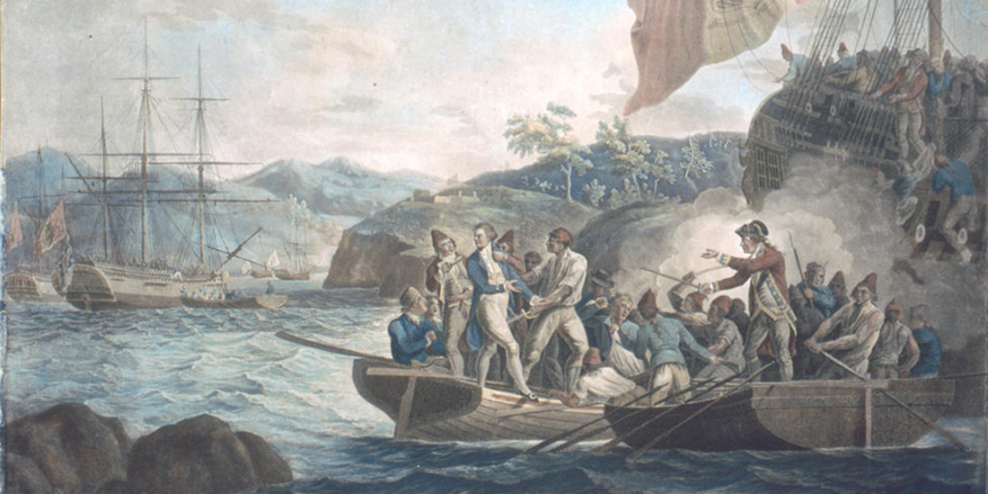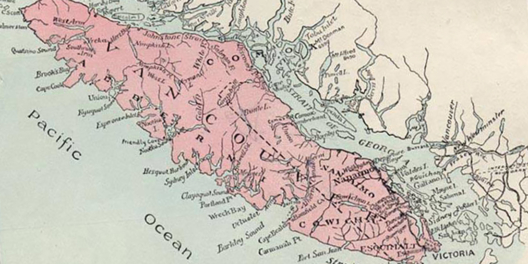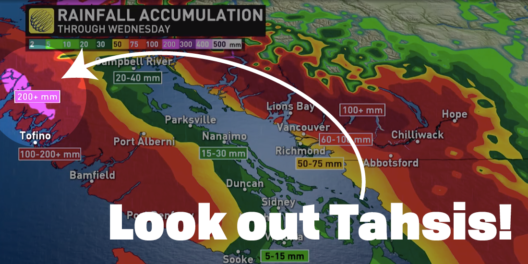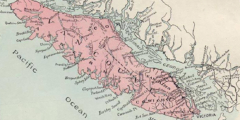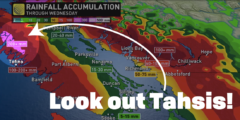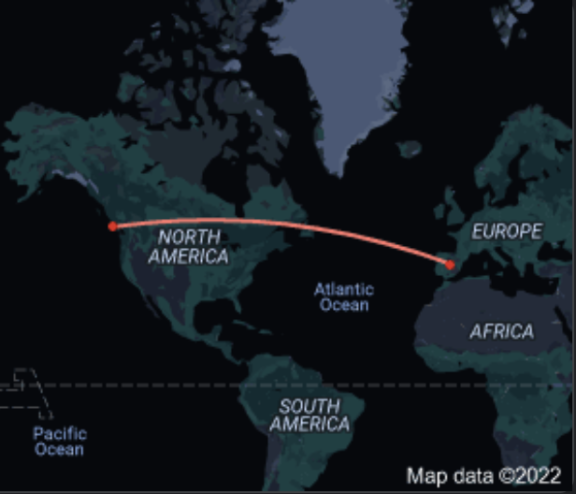
Who doesn’t love the way this word rolls off the tongue?
In the late 1700s, a dispute over land between Spain and Britain almost turned into a war. Strangely enough, they were fighting over who would control Nootka Sound.
Why Nootka Sound?
This VanIsle coastal region—which is in the news again because the Nuchatlaht First Nation’s title case is in court—was a flashpoint in the European race to control the sea otter fur trade.
There was a lot of money to be made in trading sea otter furs.
The dispute started in 1789 when Spain sent captain Jose Martinez to occupy Nootka.
That’s right: a colonial power sent a sailing ship halfway around the world to control Nootka.
That summer, Captain James Colnett also showed up. He hoped to set up a permanent settlement for England. Martinez boarded the British ship and arrested Captain Colnett and his crew. Why? Because he could.
The event became known as the Nootka crisis.
In the middle was Chief Maquinna of Nootka’s Nuu-chah-nult people. He had a summer village at Yuquot, where the fighting colonists would anchor their ships. Maquinna was a powerful leader and a skillful diplomat and trader.
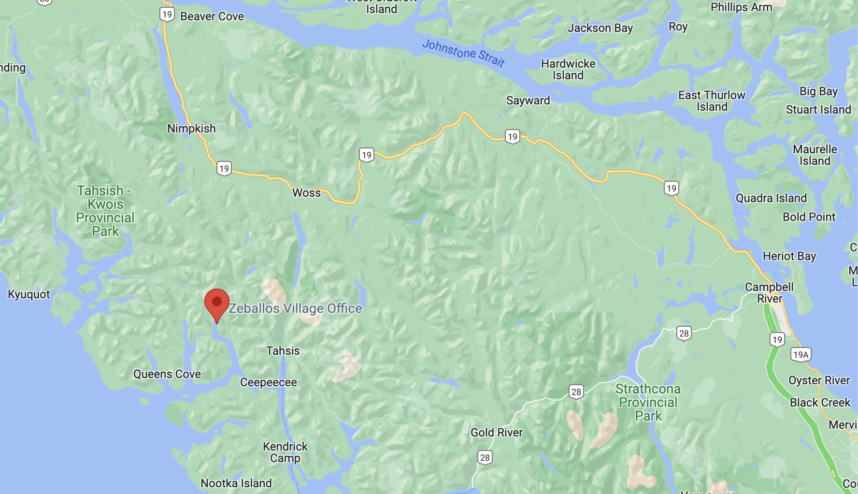

He got the Spanish and British colonists to sign a series of agreements known as the Nootka Conventions. The last of these agreements stated that Britain and Spain would both abandon any idea of setting up a home base on Nootka. They could anchor their ships, but that was it.
However, the Spaniards and British continued to explore and chart the Vancouver Island coast.
In 1792 Captain Alejandro Malaspina sailed up an inlet in the heart of Ehattesaht First Nation territory and named it after his first lieutenant, Ciriaco Cevallos.
Cevallos eventually became Zeballos.
Today the inlet and town at its head bear the name of a lieutenant from 250 years ago. Cevallos likely never set foot on land during that sailing trip, but the land now remembers his name.
Who knew!
